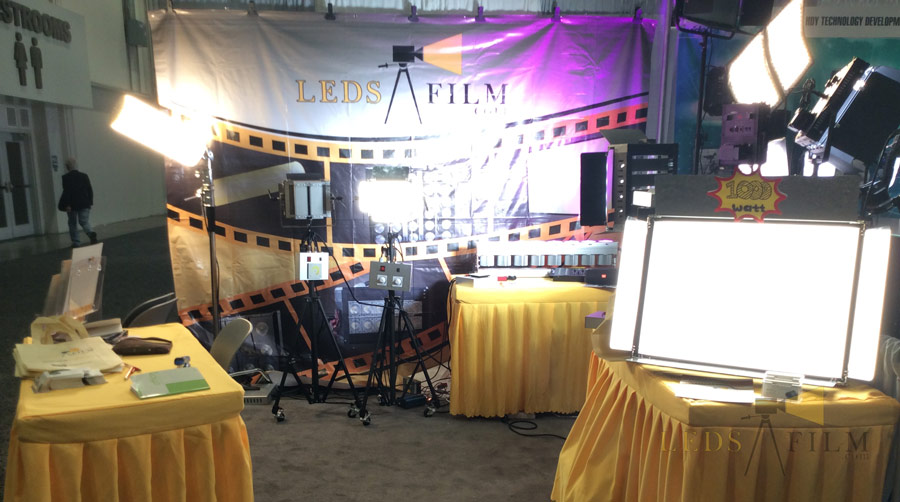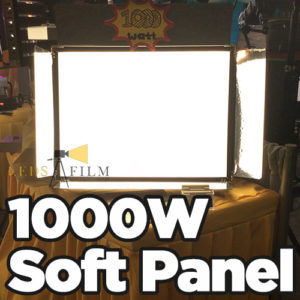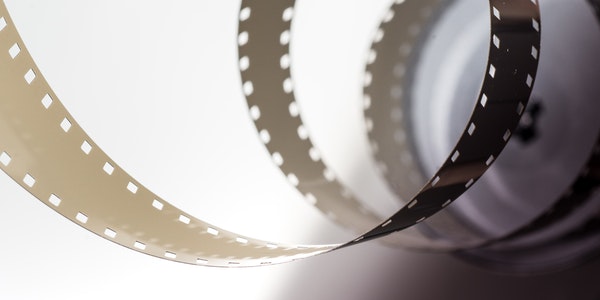Table of Contents
Light and shadow Concerto
On the Lighting of the Film “Sunny Day”
Huang Zongzhan, the first Oscar winner and known as the “master of lighting”, said: “in all photography, the most important factor is the use of light. Light brings texture, atmosphere and artistic conception to the picture. Compared with the use of light, the arrangement of scenery is in a secondary position. Good use of light can bring people a sense of reality and intimacy, and light has a particularly wonderful nature. ”
“Sunny days” is a very excellent film in the use of film and television lighting. It has left a deep impression on audiences of different ages since it was released in 1994. This paper intends to make a detailed analysis of this film from the types of lighting, the role of lighting in the film and other aspects.
“Sunny days” is adapted from Wang Shuo’s novel “fierce animals”, directed by Jiang Wen and photographed by Gu Changwei. The film won the 33rd Golden Horse Award for best film, best director, best actor and best photography. Time magazine of the United States selected it as “the top ten international films”.
The story takes place in Beijing during the cultural revolution. It tells the youth story of a child living in the military compound, reflecting the cruel youth and hazy love in that era. Ma Xiaojun’s father is away all the year round. He and other children in the compound play truant, fight and smoke together, and “street mixing” has become the theme of their life. When the outside world turns upside down, these teenagers live a sunny life in their own world.
The biggest difference between “Sunny Day” and other films is the freehand brushwork, Impressionism and subjectivity of the light, which takes “light” as the subject and core of the film narrative. This is a real Chinese film about youth and growth. Systematic use of light is the director’s overall conception of the play. The repeated skills express the sunny youth in the confused memories.
Film Tone
Due to the different illumination degree of the light to each part of the subject, different brightness ranges are formed, which makes the shadow on the picture produced different light and dark levels of tones, which is called film tone. In color photography, the tone of the image on the screen has a color relationship besides the light and shade relationship. That is to say, from the perspective of light and shade, there is a relationship between shadow and tone; From the color relationship, there is also a relationship between hues.
There are many factors that affect the formation of shadow tone in figure photography, such as lighting, the condition of the subject, the control of exposure during shooting, etc. Different lighting conditions will make the subjects form different lighting area and light ratio, and form different light and dark tone configuration, thus affecting the tone of the whole picture.
The cultural revolution itself is a depressing age, a gray age. However, in the vision of the ignorant teenagers, they did not feel the disorder of the outside world. On the contrary, they gained a kind of liberation in behavior and emotional catharsis in the general disorder of the society.
The film abandons the cold color which symbolizes the times, overflows in a warm and brilliant light, and diffuses in a faint amber tone. Release the true color of youth, perhaps release is the true color of youth.
Besides the cruel youth described by Wang Shuo, Jiang Wen integrates more warmth. The use of light in the whole film is very representative, such as poetry, painting, dream and fantasy.
Only a few scenes in the film are gray. First, after the birthday party, Ma Xiaojun fell into a big hole in the road in the stormy night. This is to pave the way for him and Milan to release themselves completely in the rain and express their love for her.
First, in the night of fighting with several children of the “six principles”, night and violence seem to be a natural couple. There is also at home, the mother’s picture is always gray, perhaps to emphasize Ma Xiaojun’s depression at home.
At the end of the film, it appears in black and white, which is in sharp contrast to the bright color. Although they get on a luxury car, drink foreign wine, and walk on a modern overpass, they are far away from the rebellious youth. The sunny days are gone, and their life is no longer the same color as it was.
Types of lighting
The type of lighting is a general term, according to different standards have different classification.
According to the light source, it can be divided into natural light and artificial light.
The whole film is the use of natural lighting, the picture is not sunny, that is, brilliant lighting. The director uses a variety of means to show the sunshine, such as atmospheric perspective effect, large contrast effect, overexposure, backlight and so on.
Not only during the day, the use of smoke, exposure, the use of backlight silhouette and other means to show brilliant sunshine. At night, the play also strives to create a “sunny” effect. Indoor lighting forms a thick shadow, reflecting the great contrast of light and shadow. Outdoor lighting releases smoke and so on.
At the same time, the effects and some logical errors shown in films such as atmospheric perspective also reflect the confusion of adult Ma Xiaojun’s memories, which is ambiguous and untrue. In the movie, the classic montage on the roof is taken in the magic period. The height of the sun highlights the shape of the shadow better. The colorful changes in a short time show the complex and rich feelings of Ma Xiaojun after he was deeply attracted by the Milan photos.
The film uses a lot of location shooting, full of sunshine and power. The use of light makes the film sound and natural.
Divided by light direction
Light is the soul of photography creation, and film light is an important form of film visual style. According to the direction of light, film photography creation can be divided into six forms: smooth light, reverse light, side light, oblique light, top light and bottom light.
- Backlight: the illumination direction of light is opposite to the shooting direction of the camera. The edge of the scene and the object has obvious light outline, which forms a sharp contrast in the composition of the picture. It can well show the translucent texture, show the bright edge outline of things, and has a strong visual impact.
The film boldly uses the technique of backlighting. In Beijing’s hutongs, the sunlight comes in directly, the bicycles are shining, and the young outline is beating in the strong light, which makes it very energetic. And on the way Ma Xiaojun sent Milan to the farm, all the way was full of brilliant sunshine, which echoed the theme very well.
- Side light: the direction of light and the camera shooting direction is 30 °、 60 °、 90 °. There are obvious light receiving surface and backlight surface between the scene and the object. There are very clear light direction and light dark relationship between the scene and the object. It has the best modeling effect.
